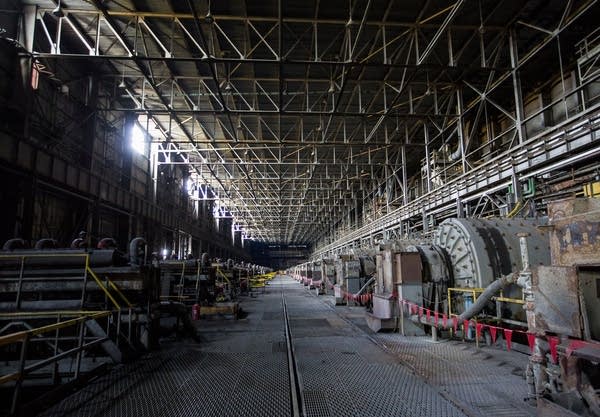PolyMet's copper-nickel mine rekindles decades-old environmental debate

A view inside the concentrator building Thursday, Oct. 10, 2013 at PolyMet near Aurora, Minn.
Derek Montgomery / For MPR News
Go Deeper.
Create an account or log in to save stories.
Like this?
Thanks for liking this story! We have added it to a list of your favorite stories.


